Incorporating Natural Materials into Meditation Spaces
Chosen theme: Incorporating Natural Materials into Meditation Spaces. Welcome to a calm, grounded corner of the internet where wood grain, river stone, and linen light help your practice feel deeply human. As you read, imagine your breath moving through cedar-scented air and across textures that invite stillness. Subscribe for future reflections and share how you already bring nature into your sanctuary.
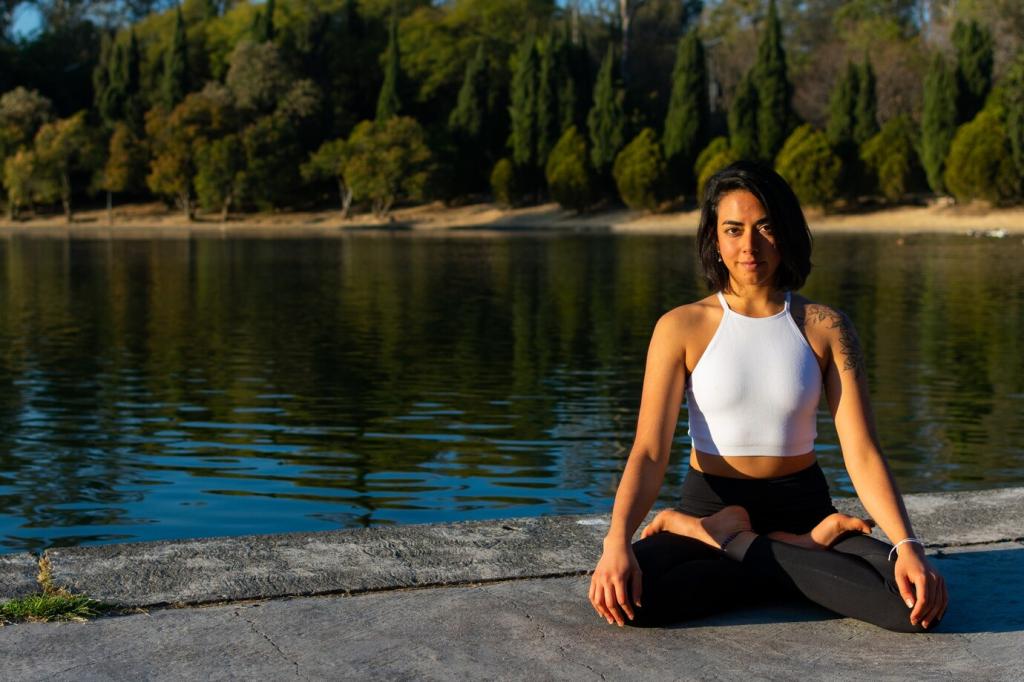
Why Nature Belongs in Your Meditation Space
Wood, stone, clay, and plant fibers invite your nervous system to downshift. Their textures and subtle irregularities whisper authenticity, signaling safety and calm. Even small changes, like a wooden stool, can noticeably deepen focus.
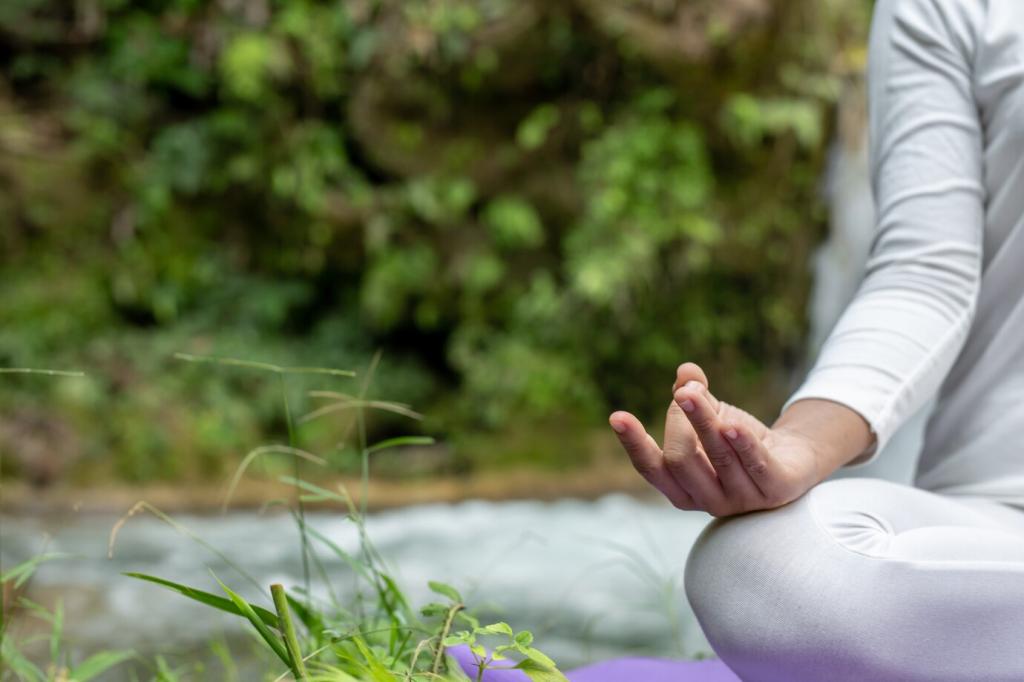
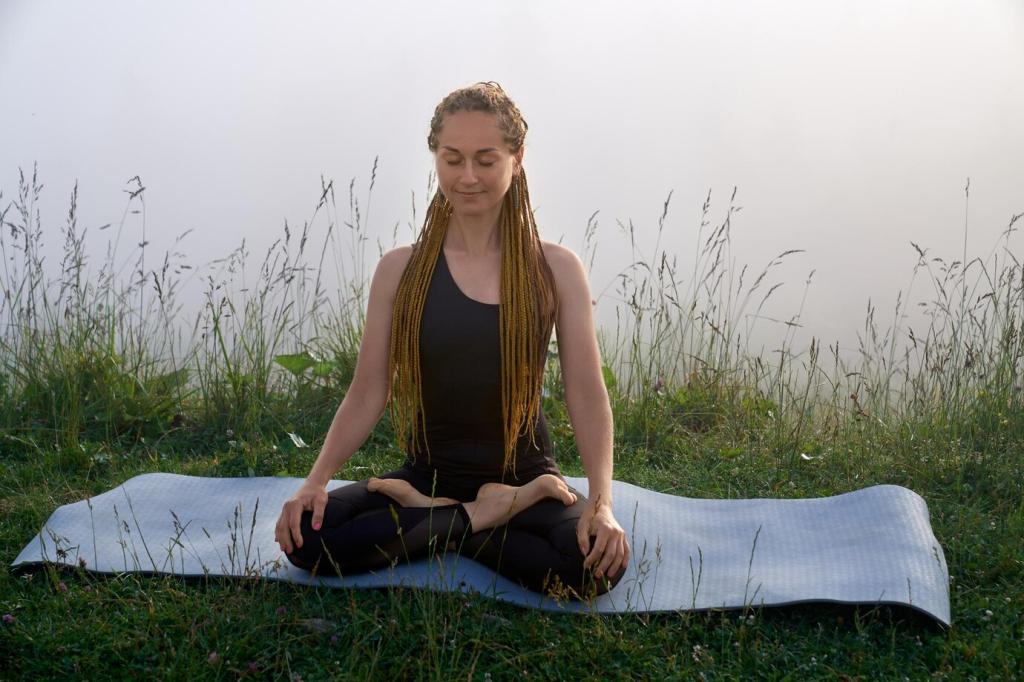
Why Nature Belongs in Your Meditation Space
One morning, a reader kept a smooth river stone in hand while breathing. The cool weight anchored wandering thoughts, and each exhale felt heavier, steadier, kinder. She now keeps a small bowl of stones by her cushion.
Working with Wood: Warmth, Grain, Presence

Bamboo feels light and clean, oak anchors with gravitas, and maple offers subtle luminosity. Match the species to your intention—uplifting, grounding, or clarifying—and keep forms simple to let the grain speak.
Stone, Clay, and Earth: Grounding the Mind
Place three stones in a shallow bowl—one for arrival, one for practice, one for gratitude. Touch each at the beginning and end. The tactile sequence becomes a gentle cue to transition into presence.
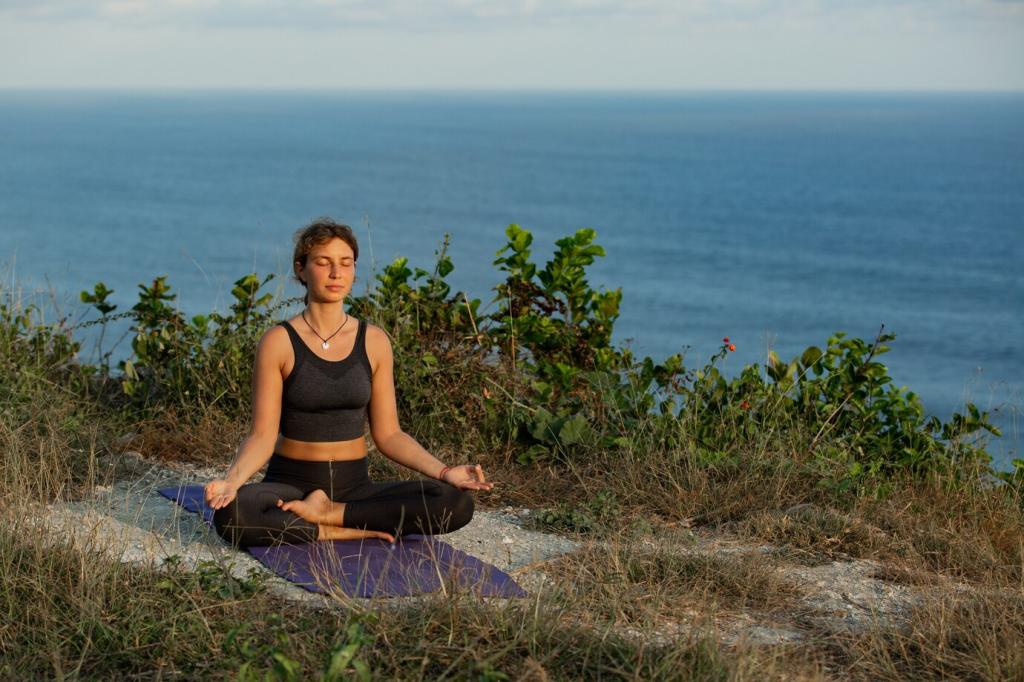

Stone, Clay, and Earth: Grounding the Mind
Clay walls and earthen plasters soften light and moderate humidity, creating a cocooned hush. A simple clay cup for tea before practice can slow your pace, reminding your hands to move with patience.

Living Green: Plants as Gentle Teachers
Snake plant, ZZ plant, and pothos tolerate varied light and pace. Their steady forms and forgiving nature reduce upkeep anxiety, freeing attention for practice. Start with one plant placed where your eyes rest softly.
Living Green: Plants as Gentle Teachers
Position greenery at the periphery of your gaze, not center stage. Leaves moving gently in indirect light create a soft, nonintrusive dynamic focus. Avoid cluttered groupings; let negative space do its quiet work.
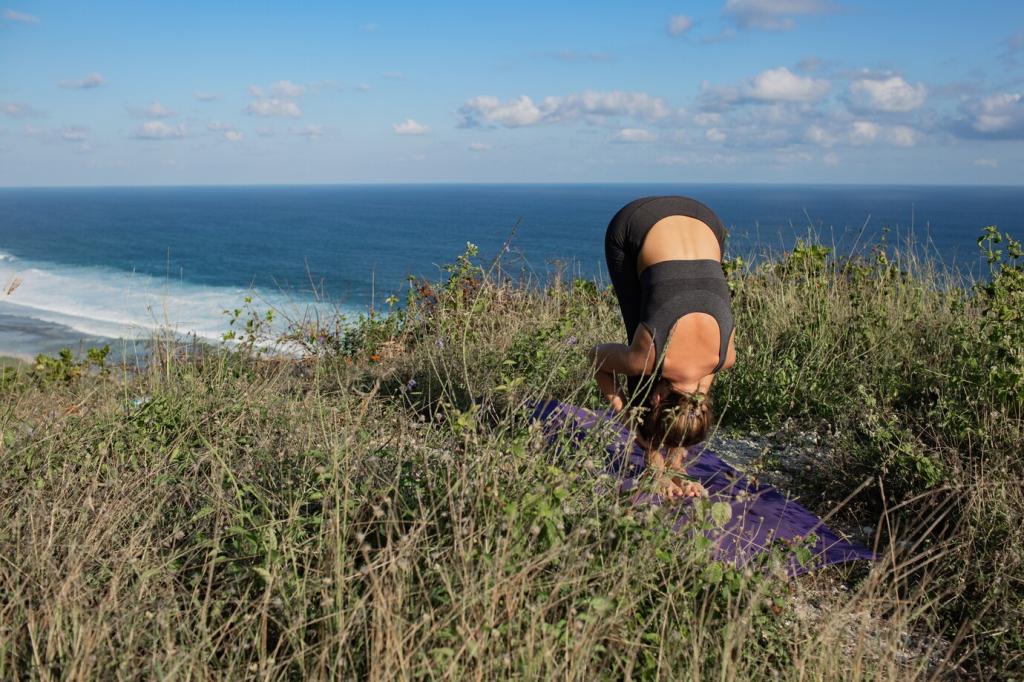

Natural Textiles: Cushions, Mats, and Layers
Buckwheat hulls mold to your hips and spine, distributing weight while keeping a grounded feel. A cotton or linen cover breathes well. Add or remove hulls seasonally to fine-tune height and firmness.
Natural Textiles: Cushions, Mats, and Layers
Start with a jute base for grip, add a wool kilim for warmth, and finish with a cotton mat where knees rest. The layered give reduces fidgeting, keeping attention steady and kind.
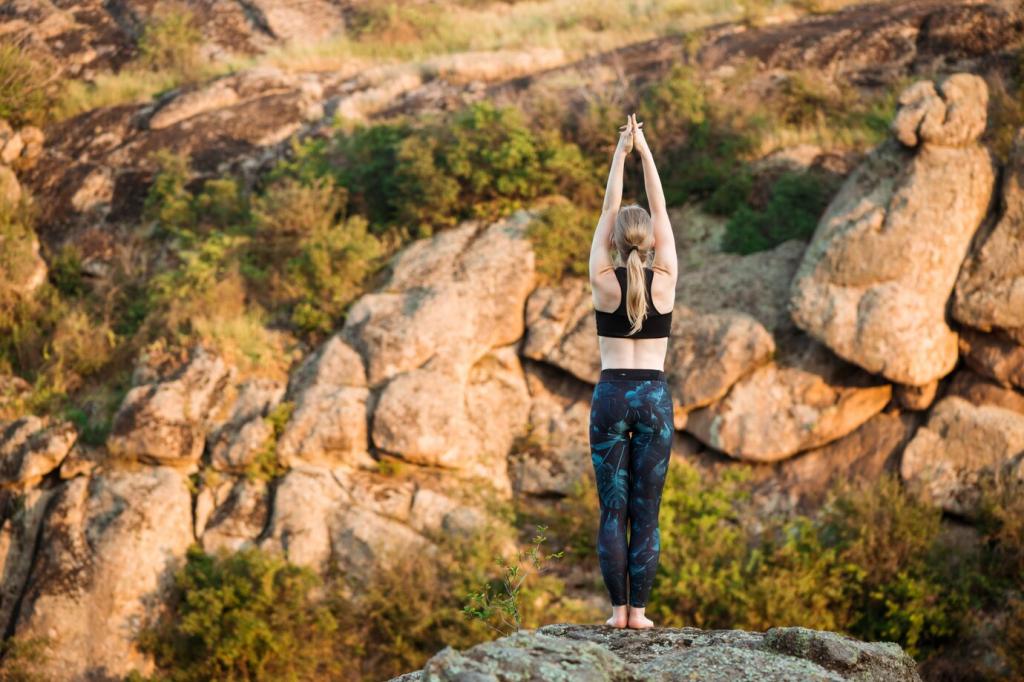

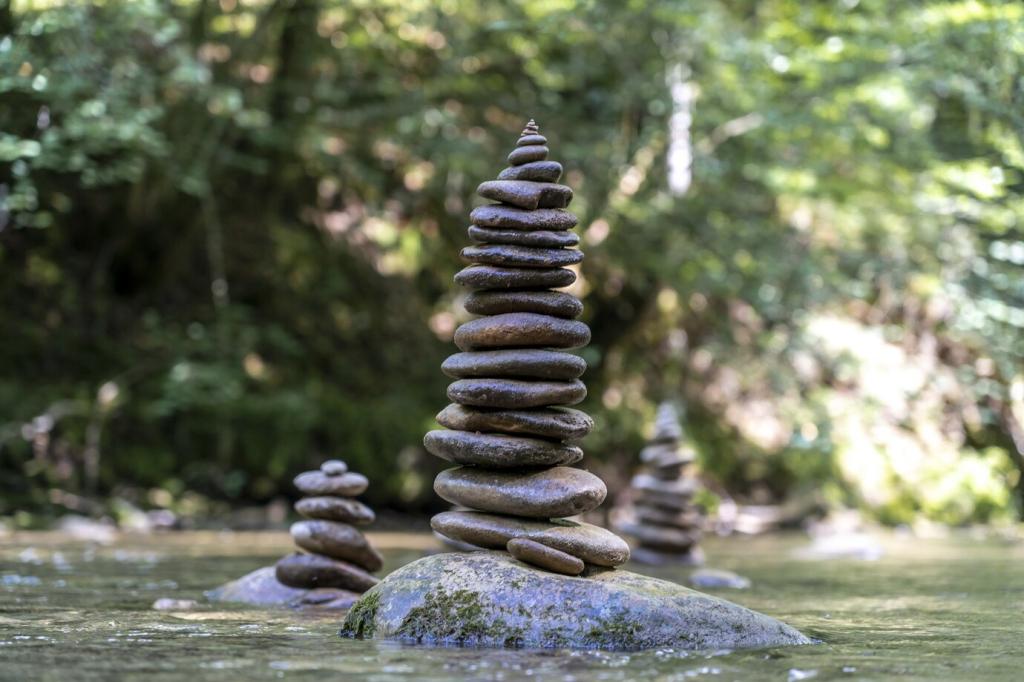
Look for FSC-certified wood, fair-trade textiles, and low-VOC finishes. Ask vendors about origin, finish, and repairability. The conversation itself cultivates discernment, shaping a practice space built on trust.

Seasonal Rituals and Personal Touch
Choose one wooden surface for a rotating constellation of natural objects—stone, feather, seed pod. Keep it uncluttered, breathing like a poem. Light a candle as a gentle starting bell for practice.
Seasonal Rituals and Personal Touch
Swap textiles and scents to reflect the weather—linen and citrus in heat, wool and cedar in cold. These adjustments honor your body’s rhythms and keep attention fresh, curious, and warmly attentive.
Seasonal Rituals and Personal Touch
We would love to see your natural meditation space. Post a photo, describe one object with meaning, and subscribe for monthly prompts that help you refine and deepen your nature-infused practice.
